Mini Feed Milling Plant | 1-1.5 Tons/Hour
The Mini Feed Milling Plant (1-1.5 Tons per Hour) is a compact and efficient system designed to produce high-quality animal feed for various livestock. It combines the essential processes of grinding, mixing, pelletizing, cooling, and packaging into one streamlined unit, making it ideal for small-scale feed production. Its versatility, cost-effectiveness, and ease of use make it a valuable tool for farmers and small feed businesses aiming to produce custom feed formulations while maintaining control over quality and costs.
Description
A Mini Feed Millig Plant | 1-1.5 Tons/Hour is a compact, efficient solution for producing animal feed on a small to medium scale. This type of plant is designed for farmers, feed processors, and small-scale feed manufacturers who want to produce high-quality feed for livestock such as poultry, cattle, fish, and other animals.
Below is a detailed explanation of its components, functionality, and benefits:
Key Components of Mini Feed Millig Plant:
- Hammer Mill or Crusher:
- This unit is responsible for grinding raw materials such as maize, soybean, wheat, and other grains into fine powder suitable for animal feed production.
- It features sharp hammers or blades that crush the raw materials into smaller particles, making them easier to mix and process.
- Depending on the feed plant design, this mill can handle 1 to 1.5 tons per hour.
- Feed Mixer:
- The feed mixer is responsible for blending the crushed raw materials with additives like vitamins, minerals, and other supplements.
- It ensures that all ingredients are evenly mixed, resulting in a balanced and nutritious feed product.
- Pellet Mill:
- Pellet mills use heat, pressure, and rollers to form the feed into cylindrical shapes, improving the digestibility and palatability of the feed for animals.
- The pellet sizes can vary based on the species being fed.
- Cooling System:
- After pelletizing, the feed may need to cool down before packaging or storage to prevent moisture buildup and spoilage.
- The cooling system brings the temperature of the hot pellets down to room temperature, maintaining their quality and preventing degradation.
- Sifting and Screening System:
- This system removes any fine particles or oversized pellets from the final feed product, ensuring uniform pellet size and texture.
- This ensures that the feed is consistent in quality and ready for use or sale.
- Packaging Unit:
- A packaging unit or weighing system is often included to automate the process, making it easier to handle and transport the feed.
- Control Panel:
- A user-friendly control panel operates the entire milling plant, allowing operators to adjust settings like grinding speed, mixing time, and pellet size.
- Some plants come equipped with semi-automatic or fully automatic controls for easier management.
Features and Benefits:
- High Efficiency:
- Despite its small size, this type of feed plant is highly efficient, with the ability to process 1 to 1.5 tons of feed per hour.
- Versatility:
- This feed mill can produce feed for a wide variety of livestock, including poultry, cattle, goats, sheep, pigs, and even fish.
- The flexibility in ingredient handling allows farmers to produce custom feed mixes based on the nutritional needs of their animals.
- Quality Control:
- Having an on-site feed milling plant allows farmers and processors to control the quality and composition of their feed.
- Automation and Ease of Use:
- Many mini feed mills come with semi-automated or fully automated systems, simplifying the production process and reducing labor costs.
- With an intuitive control panel, operators can easily monitor and adjust the feed production process.
- Durable Construction:
- Regular maintenance can ensure a long service life and high performance.
Additional information
| Weight | 12 kg |
|---|



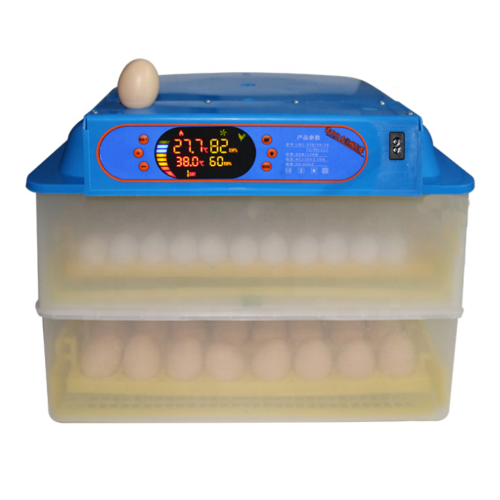


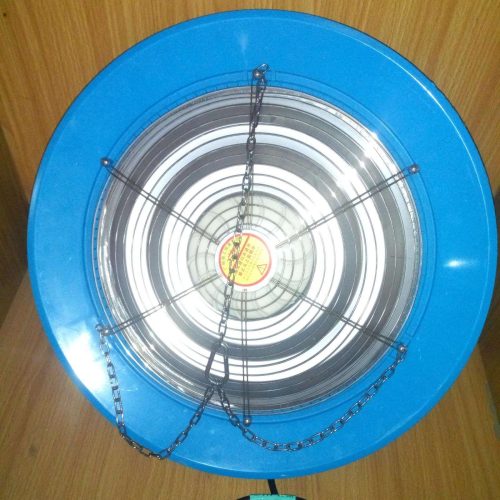
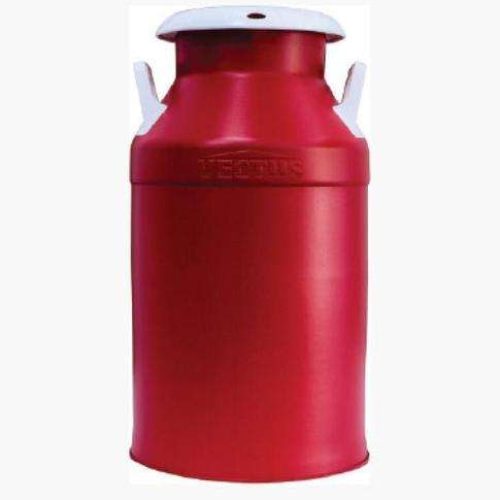
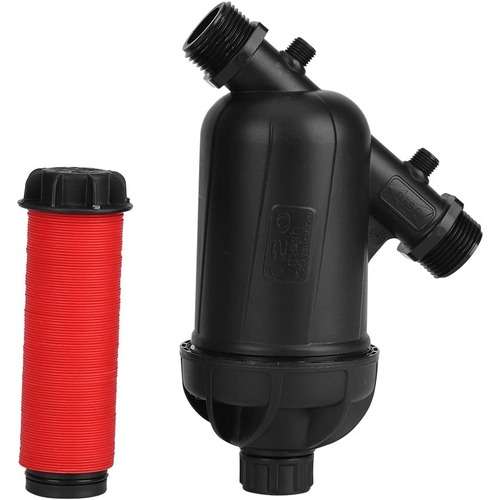
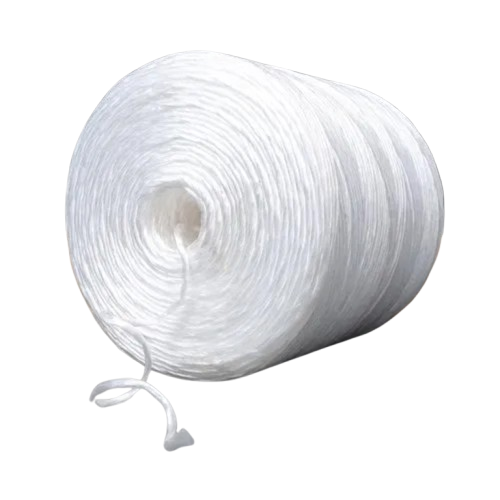

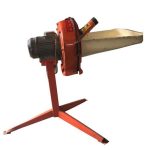
Reviews
There are no reviews yet